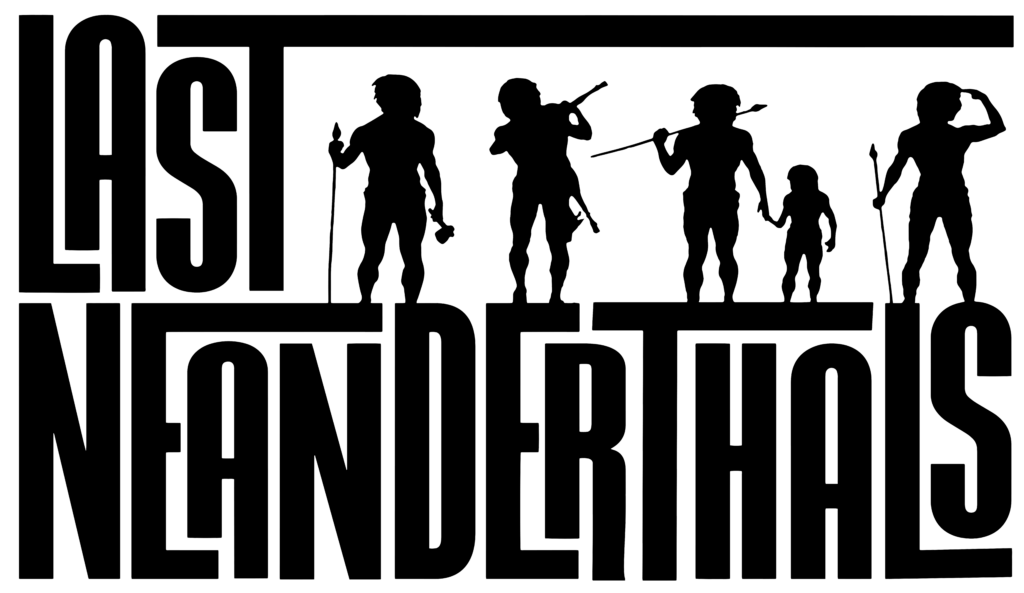activities
The LAST NEANDERTHALS project team and collaborators will aim to redefine the chronological and cultural sequences of material culture across different regions between 60,000 and 40,000 years ago. The study draws from newly excavated and surveyed assemblages, as well as the re-analysis of materials from legacy excavations. These datasets will be compared with published records from key sites in each region.
A central objective is to establish a comparative framework – both qualitative and quantitative – for analyzing lithic assemblages, bone tools, and shell ornaments across broad geographical and temporal scales. By applying uniform terminology and standardized methods, the project will test competing hypotheses about cultural diffusion, innovation, and acculturation processes. The results will contribute to a better understanding of the cognitive and adaptive capacities of late Neanderthals and early Homo sapiens.
Lithic tools will be examined through technological and attribute analyses, with a strong emphasis on advanced digital methods. These include 3D geometric morphometrics and landmark-free surface deformation analysis of formal artefacts. Tool function will be explored through macro- and microscopic use-wear studies, and residue analysis will help identify traces of domestic and hunting activities, including evidence of hafting technologies.
Additional investigations will focus on the exploitation of shells and the production and use of bone tools and ornaments, providing further insight into symbolic behavior and technological innovation during this pivotal period of human history.

